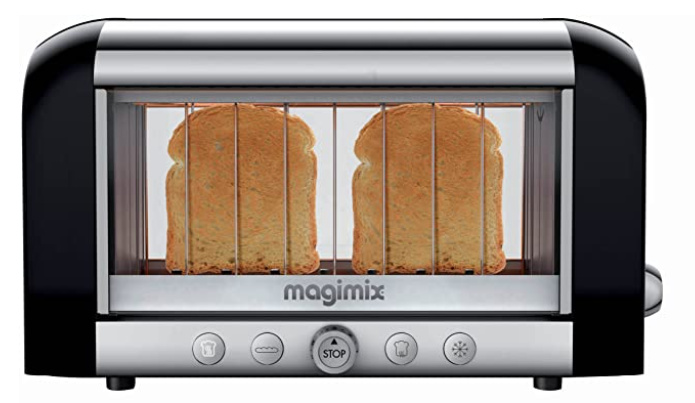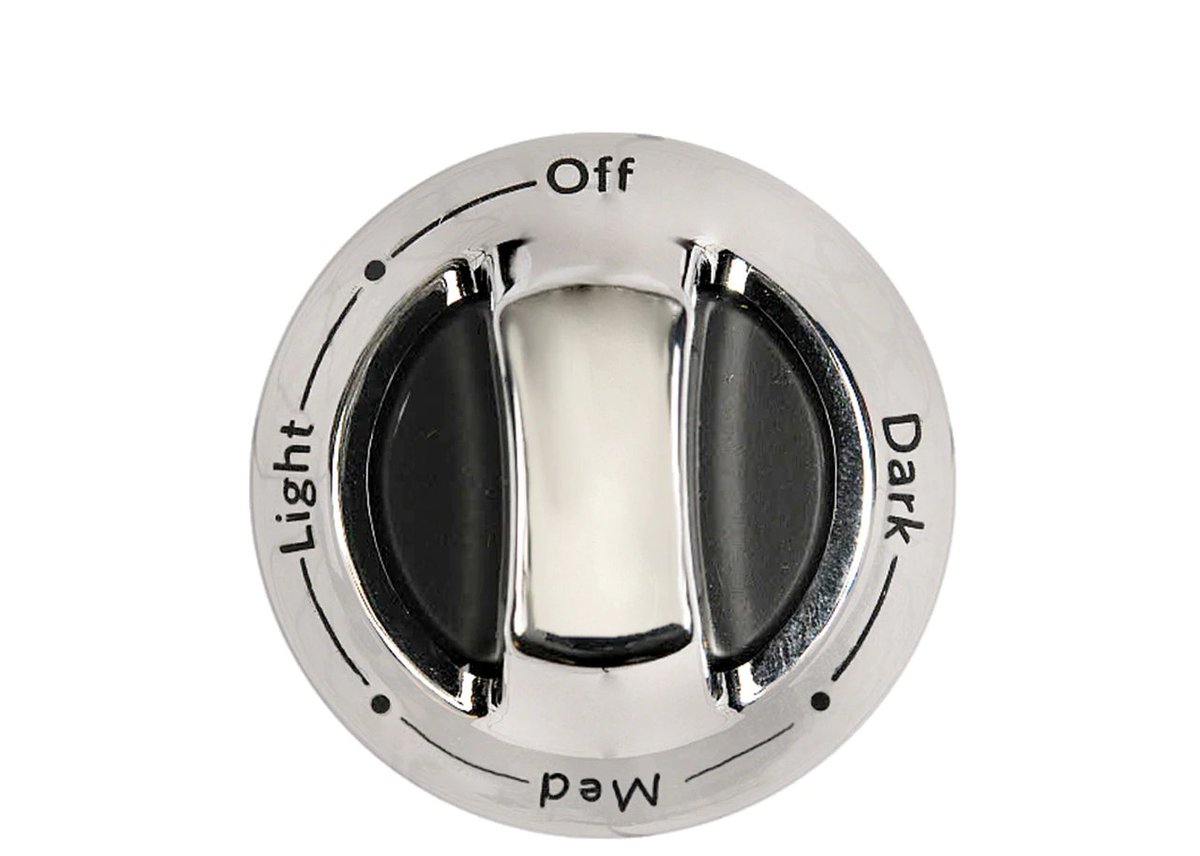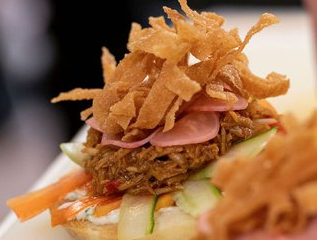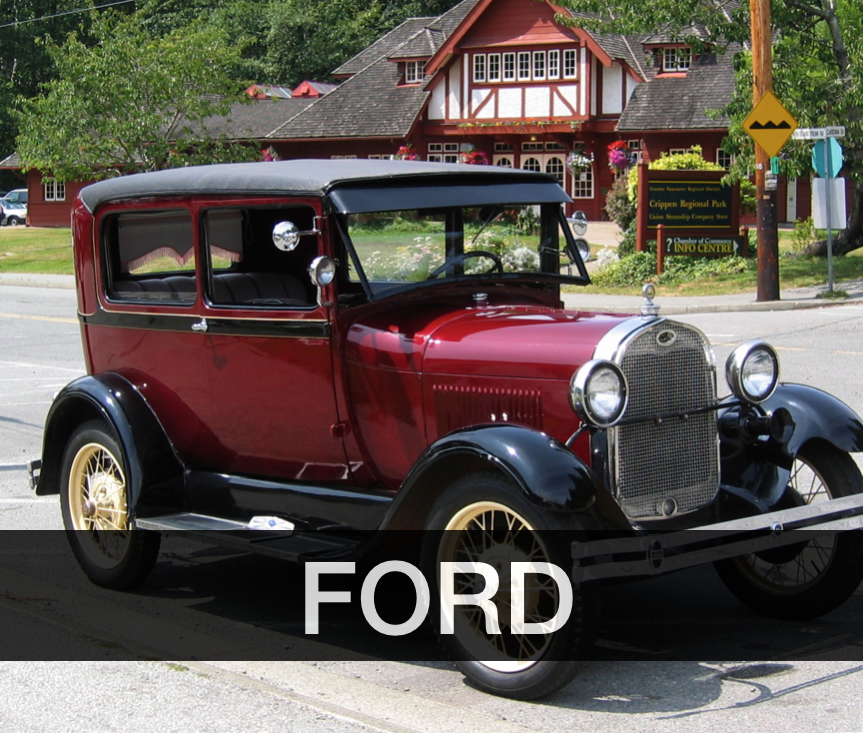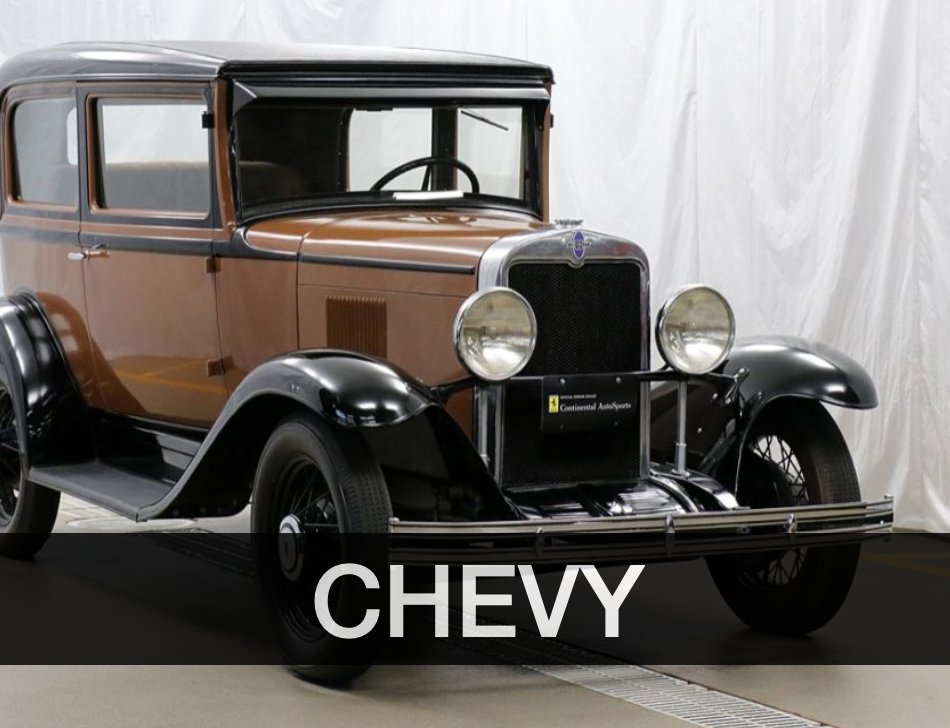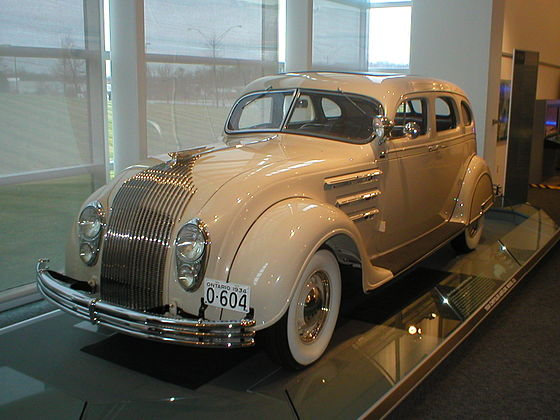Discover and read the best of Twitter Threads about #designmtw
Most recents (13)
1. All of the ideas in How Design Makes The World are encapsulated in these four questions every product team should ask regularly. #design #ux #designmtw 

1. The product world has an odd relationship with "designing for humans". Often it's designing to sell rather than designing for actual use.
Take this clever "have a look" feature - it briefly raises toast so you can see how done it is.
Another design that solves this...
Take this clever "have a look" feature - it briefly raises toast so you can see how done it is.
Another design that solves this...
1. All designs have unintended consequences. Including policy design.
The US tied healthcare to employment by accident. They restricted wage increases to stabilize the workforce during WWII. Unable to offer higher wages, corporations offered healthcare to compete. #designmtw
The US tied healthcare to employment by accident. They restricted wage increases to stabilize the workforce during WWII. Unable to offer higher wages, corporations offered healthcare to compete. #designmtw
2. Health insurance's value increased greatly with penicillin (1945) and as the post WWI economy boomed, the private insurance industry with it:
1939, 8 million
1952, 92 million
1939, 8 million
1952, 92 million
3. Several attempts to nationalize healthcare since WWII have failed. One major force against it: the American Medical Association(!).
This gets political fast, but one theme is the desire of doctors to keep control over pricing. A public option would reduce their power.
This gets political fast, but one theme is the desire of doctors to keep control over pricing. A public option would reduce their power.
1. Since I care about all kinds of design, I was excited to discover this sandwich design competition by @BritSandwich! But there are problems, as you can see. #designmtw 

This is a well-known chair. Never heard it described this way. Perhaps the art vs. design divide begins here.
"This totally sensational, revolutionary chair. Its the deconstruction of an armchair.. this marks the end of comfort" - Rolf Fehlbaum
#chairtimes #desigmtw
"This totally sensational, revolutionary chair. Its the deconstruction of an armchair.. this marks the end of comfort" - Rolf Fehlbaum
#chairtimes #desigmtw

During the '30s depression Rietveld made "crate furniture" reusing slats from crates, selling them as DIY kits.
Was this the 1st packaged DIY furniture? (hi @IKEA).
Ironically you can buy them now for $1000.
rietveldoriginals.com/en/portfolio/c… #designmtw #chairtimes #designtwitter
Was this the 1st packaged DIY furniture? (hi @IKEA).
Ironically you can buy them now for $1000.
rietveldoriginals.com/en/portfolio/c… #designmtw #chairtimes #designtwitter

In true DIY fashion, plans for making these crate chairs are online.
instructables.com/id/Gerrit-Riet… #chairtimes
instructables.com/id/Gerrit-Riet… #chairtimes

1. Designers often argue about who is a designer and who isn't.
We commonly refer to 99% of the population as "non-designers" rather than just "people" - even though the later would make more sense since they're the majority of the species!
We commonly refer to 99% of the population as "non-designers" rather than just "people" - even though the later would make more sense since they're the majority of the species!
2. More profound is how it's usually non-designers who define what design is for entire organizations.
When a CEO, executive or founder hires their first designer they put in motion big assumptions and power structures that individual designers will wrestle with for years.
When a CEO, executive or founder hires their first designer they put in motion big assumptions and power structures that individual designers will wrestle with for years.
3. By the time there are enough designers to hire a manager for them, the die has been cast.
The manager has to work against the grain to redefine with each project team and leader a better and more mature way to think of what design is.
The manager has to work against the grain to redefine with each project team and leader a better and more mature way to think of what design is.
1. It's a little known fact, but the great depression included one of the greatest rises in professional design jobs in history.
In 1931 there were 3500 industrial designers in the U.S. By 1935 it almost tripled to was 9,500.
#designmtw #design #ux
In 1931 there were 3500 industrial designers in the U.S. By 1935 it almost tripled to was 9,500.
#designmtw #design #ux
Thrilled to announce *How Design Makes The World* is now available for pre-order on Amazon. Please spread the word. Thx. #design #ux #designmtw
amazon.com/dp/0983873186/…
amazon.com/dp/0983873186/…

Authors often are asked "why do preorders matter?" -
One reason is attention for the book rises, which has compounding effects. HDMW now shows up in various top lists, earning more critical early attention and sales. Thanks to y'all. Appreciate it.
#writing #publishing
One reason is attention for the book rises, which has compounding effects. HDMW now shows up in various top lists, earning more critical early attention and sales. Thanks to y'all. Appreciate it.
#writing #publishing

1. It’s harder to sell books than to write them.
Case study: On PBS Newshour tonight (2.7 mil nightly viewers) Cornell prof. B. Frank had a 7 min segment on his new book, Under the Influence: Peer Pressure to Work. An authors dream slot.
Amazon rank: #41,345
Reviews: 0
??
Case study: On PBS Newshour tonight (2.7 mil nightly viewers) Cornell prof. B. Frank had a 7 min segment on his new book, Under the Influence: Peer Pressure to Work. An authors dream slot.
Amazon rank: #41,345
Reviews: 0
??
2. I bought the book. In my judgement it’s a great topic and he’s an expert so why not?
But book marketing, like all marketing, is a tough challenge: you don’t quite know what converts exposure -> interest -> purchase!
And it turns out experts admit some dismay too.
But book marketing, like all marketing, is a tough challenge: you don’t quite know what converts exposure -> interest -> purchase!
And it turns out experts admit some dismay too.
3. The lesson for readers is popular books aren’t correlated primarily with best books - it’s correlated with the best marketing.
Marketing cares less about after purchase experience (didn’t read, disappointed, think writer was on drugs or lazy, etc. .) - they measure sales.
Marketing cares less about after purchase experience (didn’t read, disappointed, think writer was on drugs or lazy, etc. .) - they measure sales.
A *parti* or *parti pris* is the central idea or concept of a design. Often represented by a simple sketch or drawing.
(Source: 101 things I learned in architecture school, Frederick. Image source at link).
#design #designmtw mgerwingarch.com/m-gerwing/2011…
(Source: 101 things I learned in architecture school, Frederick. Image source at link).
#design #designmtw mgerwingarch.com/m-gerwing/2011…
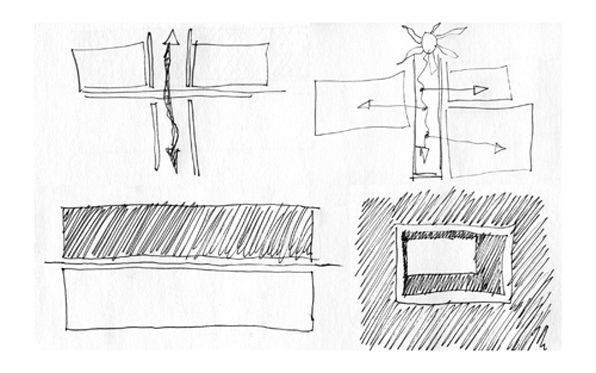
From the architecture books I've been reading, the #ux world is underread: likely because "it's not tech" which dodges fundamental similarities - architects design things that require engineers.
There's a 2000+ year history we can learn from. I'll keep sharing salient gems.
There's a 2000+ year history we can learn from. I'll keep sharing salient gems.
"An architect knows something about everything, an engineer knows everything about one thing." - Frederick (101 things)
Which is reminiscent of all the unicorn / t-shape / specialist vs. generalist discussions that often happen in the #ux world.
Which is reminiscent of all the unicorn / t-shape / specialist vs. generalist discussions that often happen in the #ux world.
Another favorite book find while researching #designmtw is Are We Human: Notes on an Archaeology of Design.
It's wonderfully written - explores the nature of humanity through the lens of design.
It's also beautiful - print only, but worth it.
amazon.com/Are-Human-Note…



It's wonderfully written - explores the nature of humanity through the lens of design.
It's also beautiful - print only, but worth it.
amazon.com/Are-Human-Note…
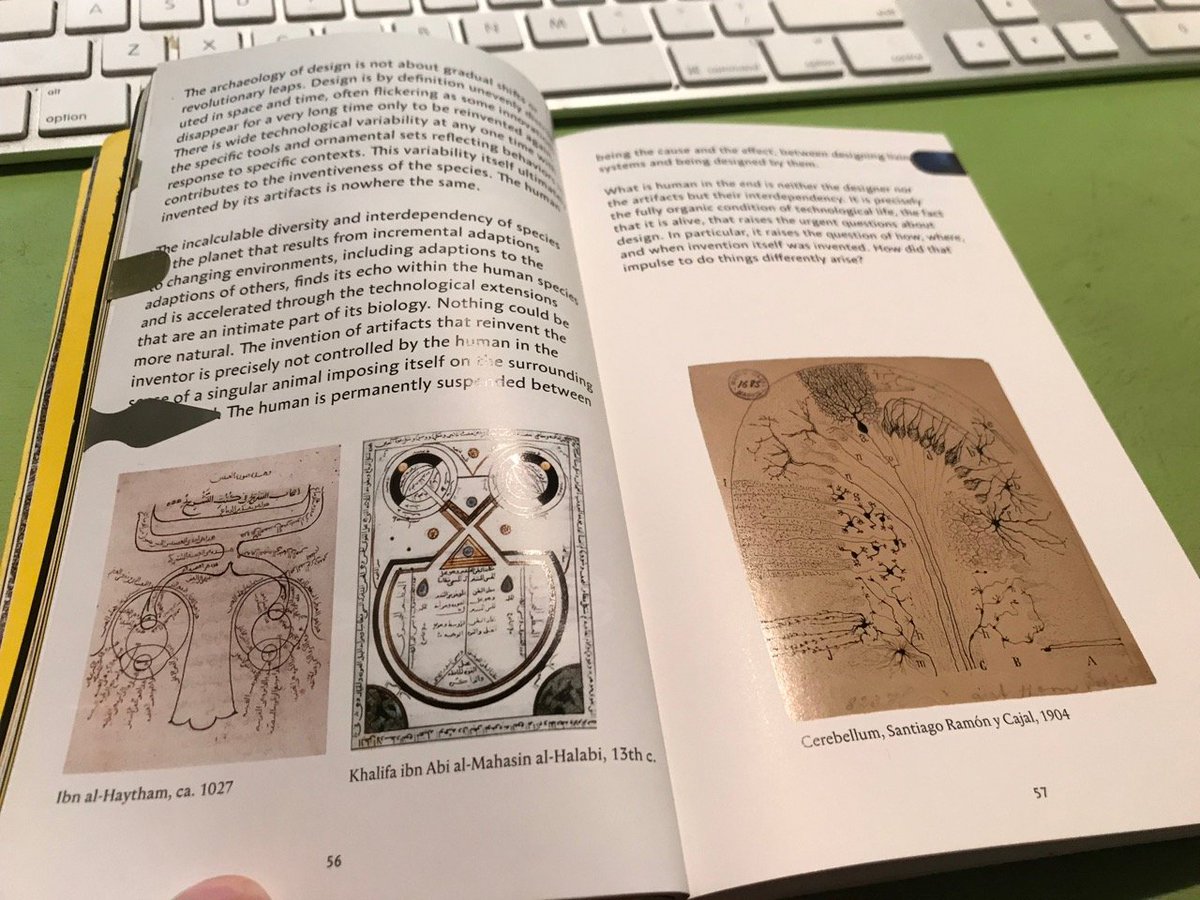
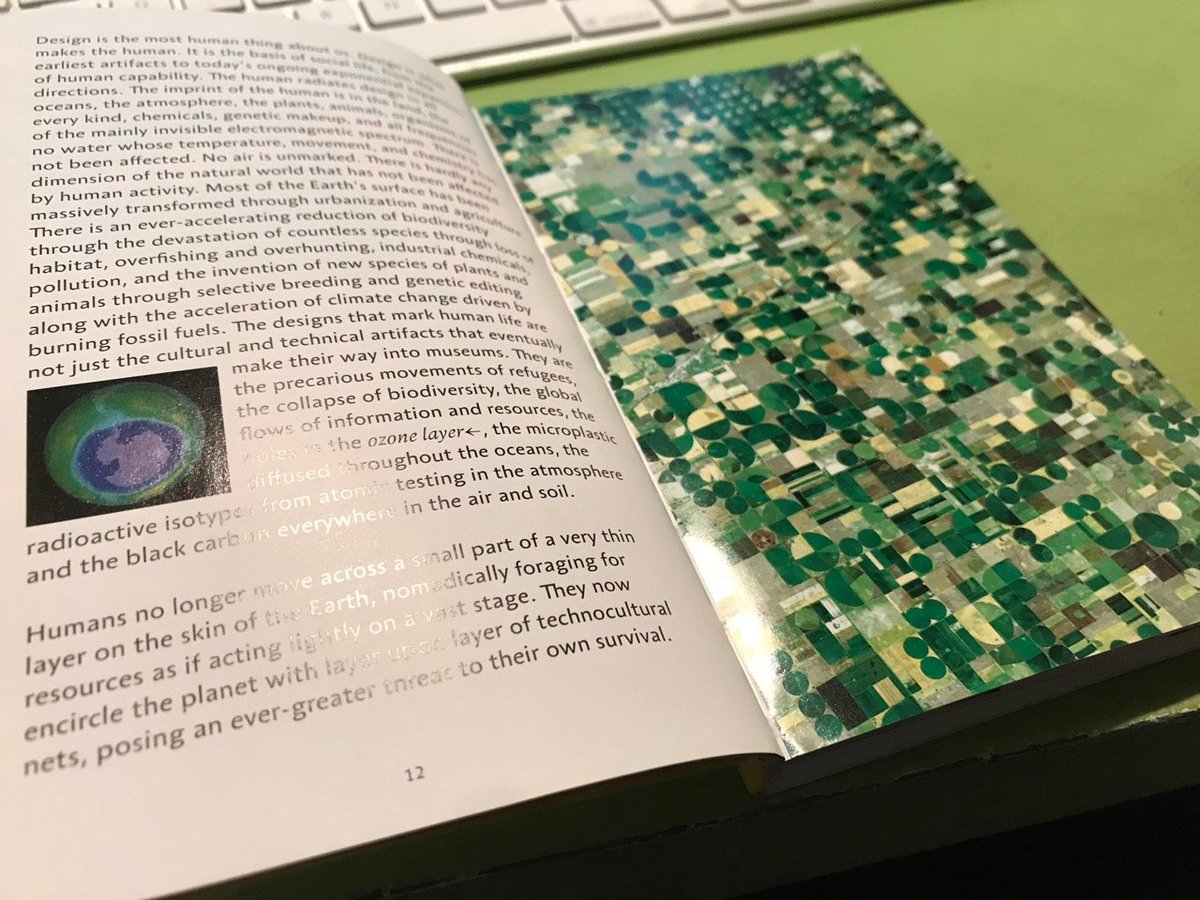
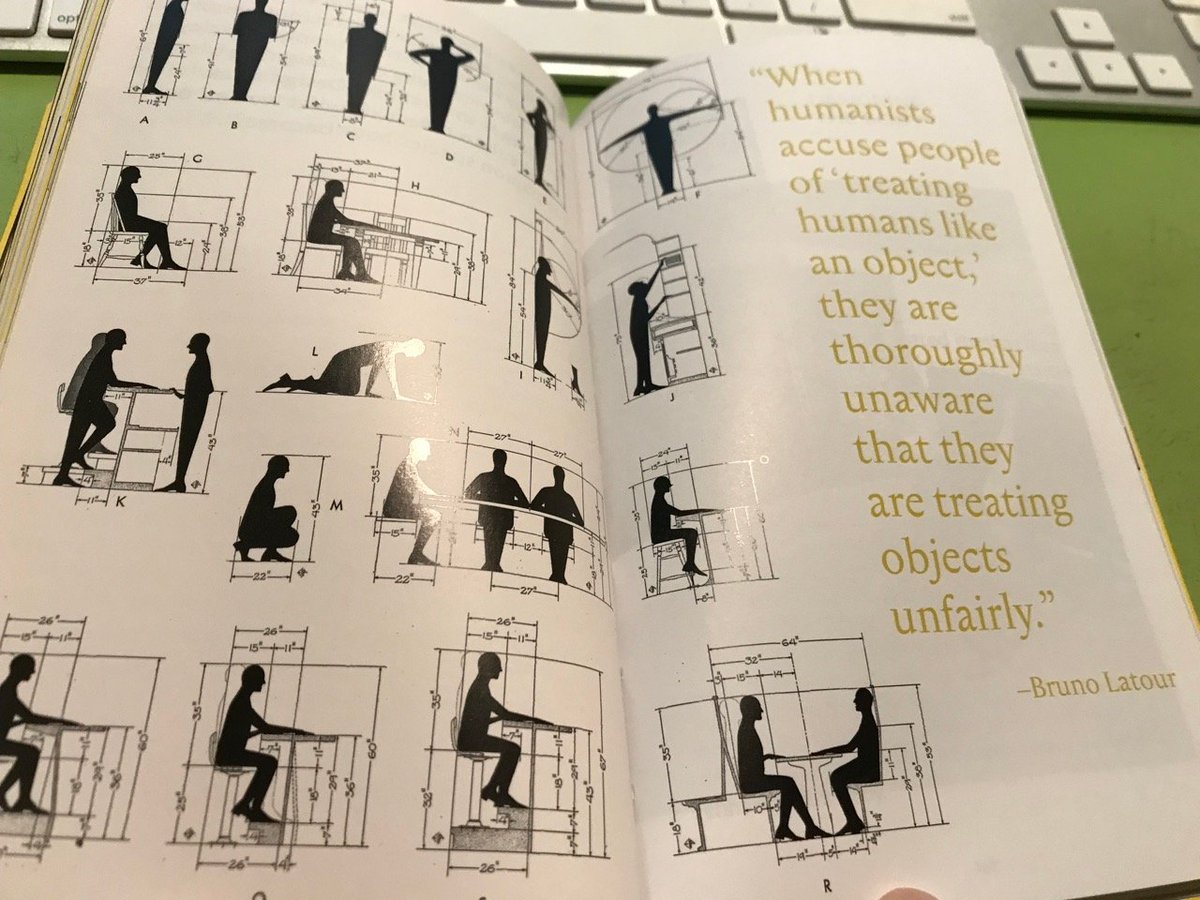
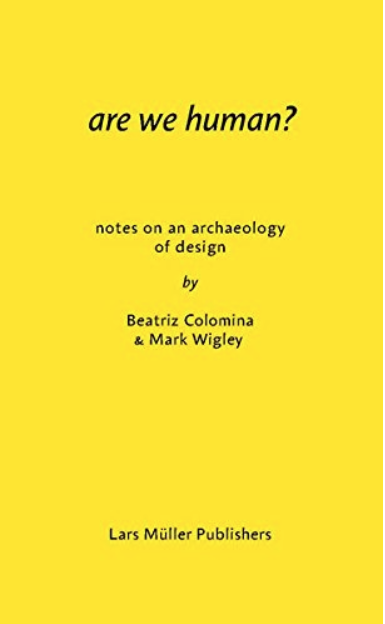
"Design is what you are standing on. It is what holds you up. And every layer of design rests on another and another and another. To think about design demands an archaeological approach. You have to dig." - Colomina/Wigley
"Design capacity: when other species have figured out a way to do something, they repeat it forever until changes in the context reinforce a different direction. Humans continually imagine different ways even in the same context, to the point of malfunction." - Colomina/Wigley
1. A new #design hero for me is Chuck Harrison, one of the first black designers, and executives (1961), in American corporate history. He spent much of his career at Sears, and designed 100s of well known objects, some of which you probably know.
1. In my #design book research I dug into the history of "form follows function" and made some interesting discoveries.
Yes Sullivan did write it, but he borrowed a lot from others. And also, they way he meant it is different than how we use it. I'll explain.
Yes Sullivan did write it, but he borrowed a lot from others. And also, they way he meant it is different than how we use it. I'll explain.
2. Sullivan was against how American architects mostly copied European styles and applied them in contexts they weren't meant for - this "form first" behavior bothered him. And he was inspired by older architects who felt the same way.


